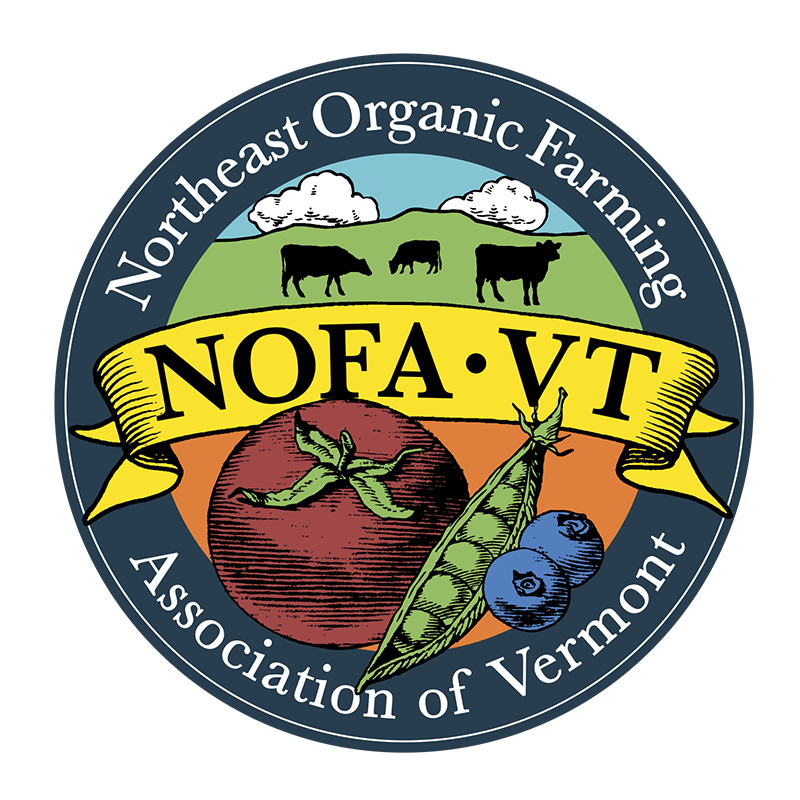From grocery consolidation to the growth of online food markets, the food retail market is undergoing dynamic shifts. These changes are directly impacting the position, opportunities, and challenges for food producers targeting local food markets. Local food advocates are celebrating as their values emerge from market fringes to the mainstream; where once local food was limited to direct markets like farm stands, Community Supported Agriculture (CSA) shares and weekly farmers markets, certified organic and “local” food is now represented in all channels. These achievements have led to some unanticipated consequences such as green/localwashing and weakening the producer’s position in the supply chain relative to producer-led direct markets.
Local food system advocates support direct market channels for the market advantages they offer to producers such as being able to capture a higher margin of the retail sales dollar, building direct relationships with engaged and loyal customers, and having more control over what products and services they can bring to market. While direct-to-consumer channels are the second-largest outlet for Vermont-grown food sales after retail grocers, questions have emerged as to whether or not direct markets have become saturated and/or are losing relevancy for today’s consumers.
This report, “Stagnant, Saturated, or Ready to Surge?” was commissioned by NOFA-VT to understand how current trends in food retailing and consumer values shape the opportunities and challenges for Vermont’s direct-to-consumer food marketers. The report is based on secondary research and interviews of 28 direct marketing stakeholders conducted from June–September 2017.
Through this report we ask:
- With so many market outlets, is the local foods marketplace saturated?
- Is there still room for direct markets to provide viable outlets for producers?
- What strategies can we employ to support and strengthen Vermont’s direct markets?
Funding for this report was supported by the U.S. Department of Agriculture’s (USDA) Agricultural Marketing Service through grant 16FMPPVT0023. Its contents are solely the responsibility of the authors and do not necessarily represent the official views of the USDA.
- Log in to post comments
